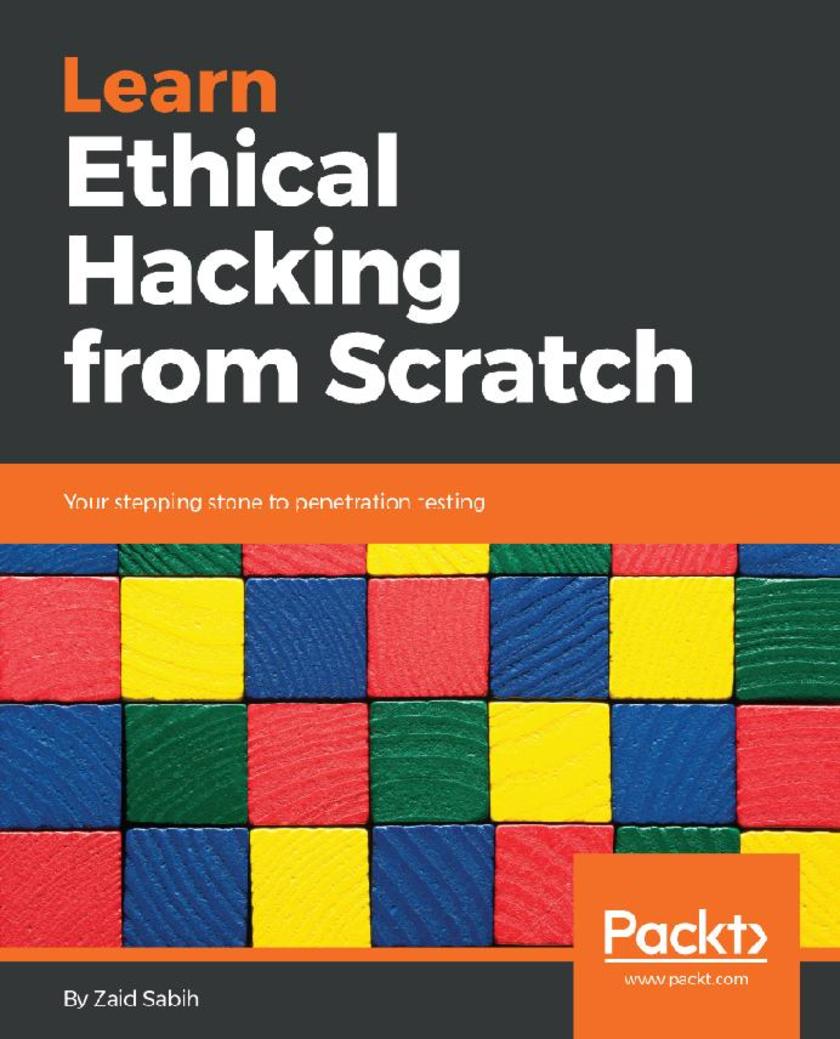
Learn Ethical Hacking from Scratch
¥78.47
Install, Configure and Setup different connections with pfSense Key Features *Build firewall and routing solutions with PfSense. *Learn how to create captive portals, how to connect Pfsense to your https environment and so on. *Practical approach towards building firewall solutions for your organization Book Description As computer networks become ubiquitous, it has become increasingly important to both secure and optimize our networks. pfSense, an open-source router/firewall, provides an easy, cost-effective way of achieving this – and this book explains how to install and configure pfSense in such a way that even a networking beginner can successfully deploy and use pfSense. This book begins by covering networking fundamentals, deployment scenarios, and hardware sizing guidelines, as well as how to install pfSense. The book then covers configuration of basic services such as DHCP, DNS, and captive portal and VLAN configuration. Careful consideration is given to the core firewall functionality of pfSense, and how to set up firewall rules and traffic shaping. Finally, the book covers the basics of VPNs, multi-WAN setups, routing and bridging, and how to perform diagnostics and troubleshooting on a network. What you will learn *Install pfSense *Configure additional interfaces, and enable and configure DHCP *Understand Captive portal *Understand firewalls and NAT, and traffic shaping *Learn in detail about VPNs *Understand Multi-WAN *Learn about routing and bridging in detail *Understand the basics of diagnostics and troubleshooting networks Who this book is for This book is towards any network security professionals who want to get introduced to the world of firewalls and network configurations using Pfsense. No knowledge of PfSense is required

Learning Salesforce Lightning Application Development
¥61.03
Get to grips with Kibana and its advanced functions to create interactive visualizations and dashboards Key Features *Explore visualizations and perform histograms, stats, and map analytics *Unleash X-Pack and Timelion, and learn alerting, monitoring, and reporting features *Manage dashboards with Beats and create machine learning jobs for faster analytics Book Description Kibana is one of the popular tools among data enthusiasts for slicing and dicing large datasets and uncovering Business Intelligence (BI) with the help of its rich and powerful visualizations. To begin with, Mastering Kibana 6.x quickly introduces you to the features of Kibana 6.x, before teaching you how to create smart dashboards in no time. You will explore metric analytics and graph exploration, followed by understanding how to quickly customize Kibana dashboards. In addition to this, you will learn advanced analytics such as maps, hits, and list analytics. All this will help you enhance your skills in running and comparing multiple queries and filters, influencing your data visualization skills at scale. With Kibana’s Timelion feature, you can analyze time series data with histograms and stats analytics. By the end of this book, you will have created a speedy machine learning job using X-Pack capabilities. What you will learn *Create unique dashboards with various intuitive data visualizations *Visualize Timelion expressions with added histograms and stats analytics *Integrate X-Pack with your Elastic Stack in simple steps *Extract data from Elasticsearch for advanced analysis and anomaly detection using dashboards *Build dashboards from web applications for application logs *Create monitoring and alerting dashboards using Beats Who this book is for Mastering Kibana 6.x is for you if you are a big data engineer, DevOps engineer, or data scientist aspiring to go beyond data visualization at scale and gain maximum insights from their large datasets. Basic knowledge of Elasticstack will be an added advantage, although not mandatory.
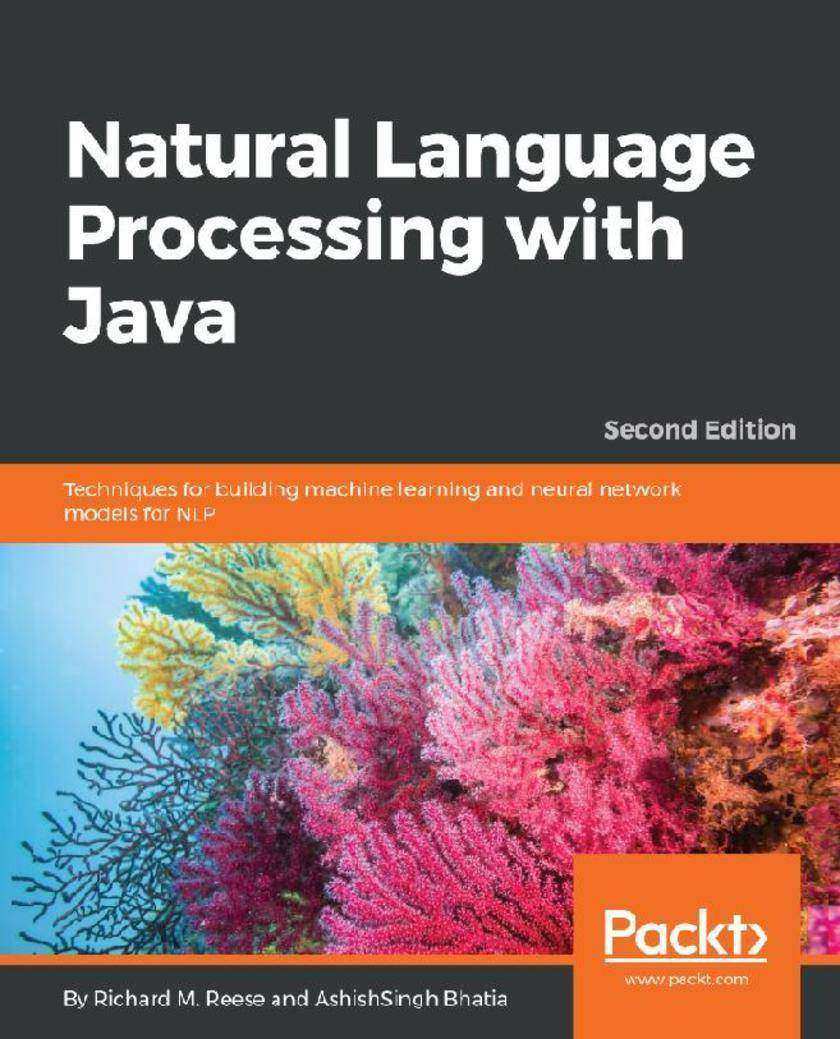
Natural Language Processing with Java
¥69.75
Discover how you can migrate a traditional on-premise SQL server database to a cloud-based solution with Microsoft Azure. Built with database administrators in mind, this book emulates different scenarios you might come across while working with large, complex SQL database migrations and provides solutions for effectively managing the migrated databases. Key Features *Implement backup, restore, and recovery of Azure SQL databases *Create shards and elastic pools to scale Azure SQL databases *Automate common management tasks with PowerShell *Implement over 40 practical activities and exercises across 24 topics to reinforce your learning Book Description As the cloud version of SQL Server, Azure SQL Database differs in key ways when it comes to management, maintenance, and administration. It’s important to know how to administer SQL Database to fully benefit from all of the features and functionality that it provides. This book addresses important aspects of an Azure SQL Database instance such as migration, backup restorations, pricing policies, security, scalability, monitoring, performance optimization, high availability, and disaster recovery. It is a complete guide for database administrators, and ideal for those who are planning to migrate from on premise SQL Server database to an Azure SQL Server database. What you will learn *Learn how to provision a new database or migrate an existing on-premise solution *Understand how to backup, restore, secure, and scale your own Azure SQL Database *Optimize the performance by monitoring and tuning your cloud-based SQL instance *Implement high availability and disaster recovery procedures with SQL Database *Develop a roadmap for your own scalable cloud solution with Azure SQL Database Who this book is for This book is ideal for database administrators, database developers, or application developers who are interested in developing or migrating existing applications with Azure SQL Database. Prior experience of working with an on-premise SQL Server deployment and brief knowledge of PowerShell and C# are recommended prerequisites.
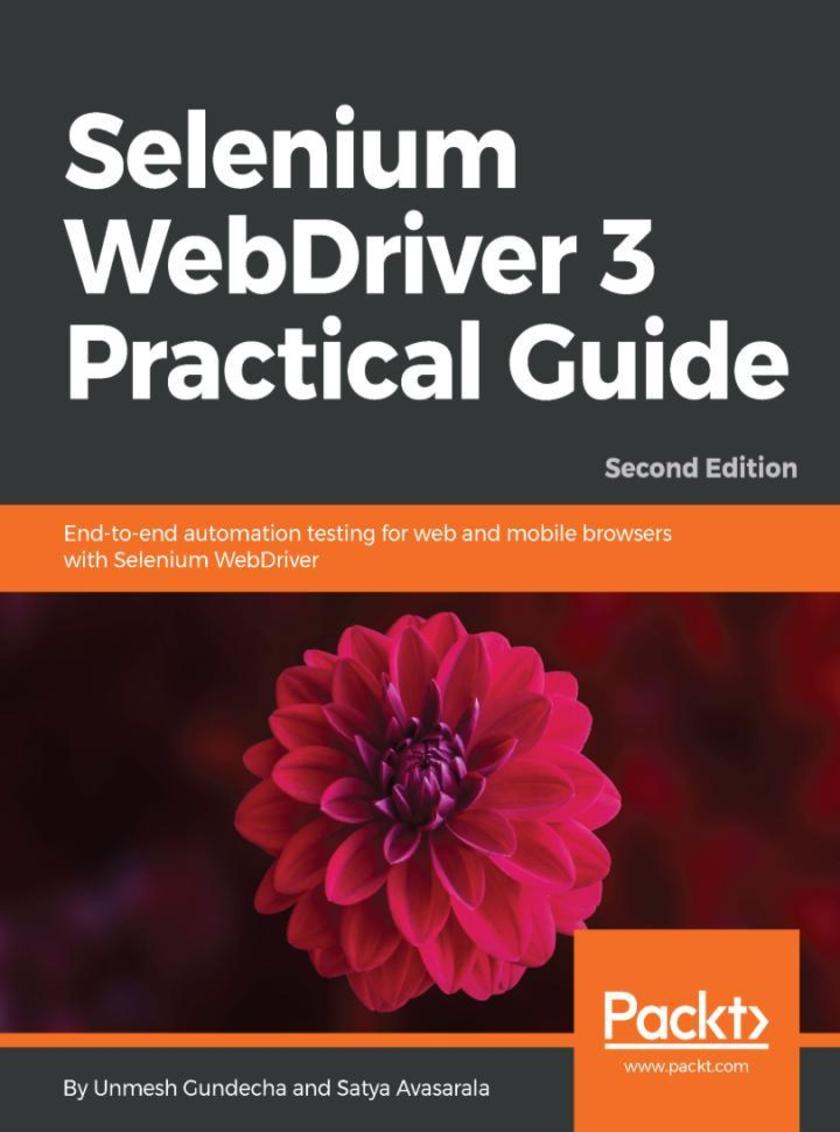
Selenium WebDriver 3 Practical Guide
¥69.75
Bridge the gap between developer and data scientist by creating a modern open-source, Python-based toolset that works with Jupyter Notebook, and PixieDust. Key Features *Think deeply as a developer about your strategy and toolset in data science *Discover the best tools that will suit you as a developer in your data analysis *Accelerate the road to data insight as a programmer using Jupyter Notebook *Deep dive into multiple industry data science use cases Book Description Thoughtful Data Science brings new strategies and a carefully crafted programmer's toolset to work with modern, cutting-edge data analysis. This new approach is designed specifically to give developers more efficiency and power to create cutting-edge data analysis and artificial intelligence insights. Industry expert David Taieb bridges the gap between developers and data scientists by creating a modern open-source, Python-based toolset that works with Jupyter Notebook, and PixieDust. You'll find the right balance of strategic thinking and practical projects throughout this book, with extensive code files and Jupyter projects that you can integrate with your own data analysis. David Taieb introduces four projects designed to connect developers to important industry use cases in data science. The first is an image recognition application with TensorFlow, to meet the growing importance of AI in data analysis. The second analyses social media trends to explore big data issues and natural language processing. The third is a financial portfolio analysis application using time series analysis, pivotal in many data science applications today. The fourth involves applying graph algorithms to solve data problems. Taieb wraps up with a deep look into the future of data science for developers and his views on AI for data science. What you will learn *Bridge the gap between developer and data scientist with a Python-based toolset *Get the most out of Jupyter Notebooks with new productivity-enhancing tools *Explore and visualize data using Jupyter Notebooks and PixieDust *Work with and assess the impact of artificial intelligence in data science *Work with TensorFlow, graphs, natural language processing, and time series *Deep dive into multiple industry data science use cases *Look into the future of data analysis and where to develop your skills Who this book is for This book is for established developers who want to bridge the gap between programmers and data scientists. With the introduction of PixieDust from its creator, the book will also be a great desk companion for the already accomplished Data Scientist. Some fluency in data interpretation and visualization is also assumed since this book addresses data professionals such as business and general data analysts. It will be helpful to have some knowledge of Python, using Python libraries, and some proficiency in web development.
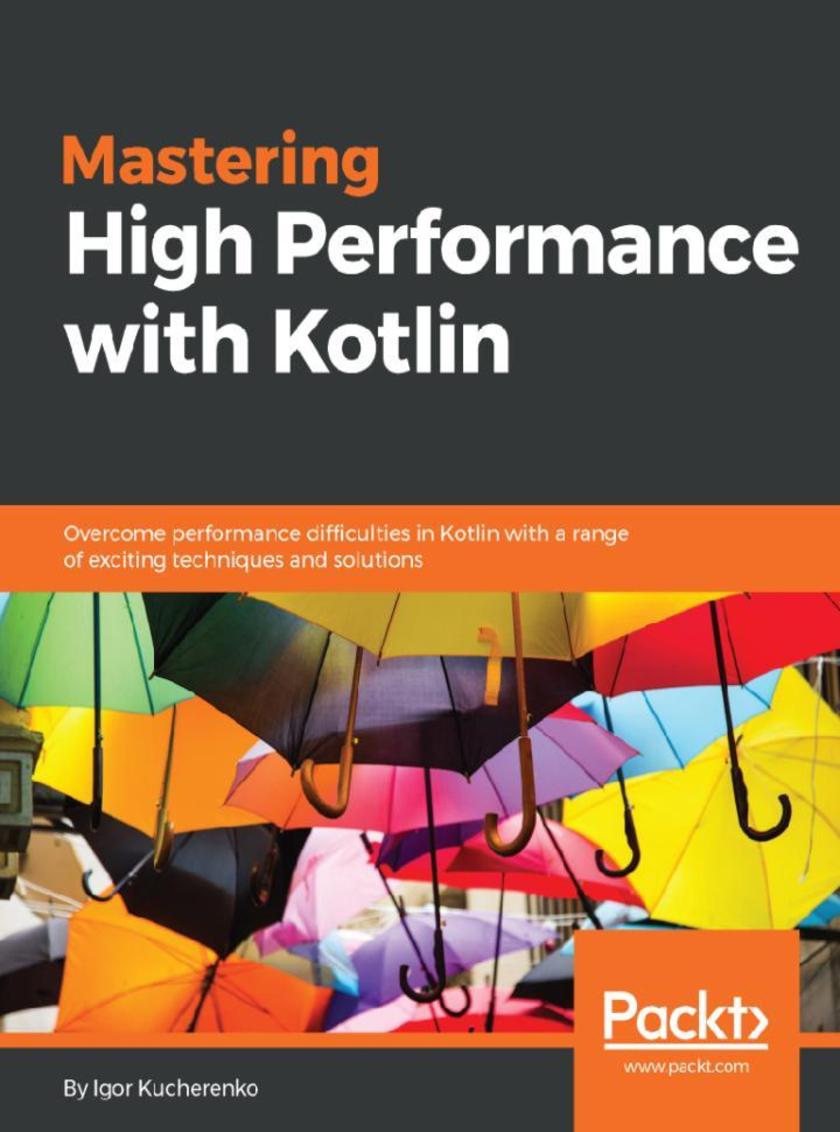
Mastering High Performance with Kotlin
¥81.74
Find out how to write Kotlin code without overhead and how to use different profiling tools and bytecode viewer to inspect expressions of Kotlin language. About This Book ? Apply modern Kotlin features to speed up processing and implement highly efficient and reliable codes. ? Learn memory optimization, concurrency, multi-threading, scaling, and caching techniques to achieve high performance. ? Learn how to prevent unnecessary overhead and use profiling tools to detect performance issues. Who This Book Is For This book is for Kotlin developers who would like to build reliable and high-performance applications. Prior Kotlin programming knowledge is assumed. What You Will Learn ? Understand the importance of high performance ? Learn performance metrics ? Learn popular design patterns currently being used in Kotlin ? Understand how to apply modern Kotlin features to data processing ? Learn how to use profling tools ? Discover how to read bytecode ? Learn to perform memory optimizations ? Uncover approaches to the multithreading environment In Detail The ease with which we write applications has been increasing, but with it comes the need to address their performance. A balancing act between easily implementing complex applications and keeping their performance optimal is a present-day requirement In this book, we explore how to achieve this crucial balance, while developing and deploying applications with Kotlin. The book starts by analyzing various Kotlin specifcations to identify those that have a potentially adverse effect on performance. Then, we move on to monitor techniques that enable us to identify performance bottlenecks and optimize performance metrics. Next, we look at techniques that help to us achieve high performance: memory optimization, concurrency, multi threading, scaling, and caching. We also look at fault tolerance solutions and the importance of logging. We'll also cover best practices of Kotlin programming that will help you to improve the quality of your code base. By the end of the book, you will have gained some insight into various techniques and solutions that will help to create high-performance applications in the Kotlin environment Style and approach This book guides you through how to use profiling tools to detect performance issues and build high-performance applications in the Kotlin environment.
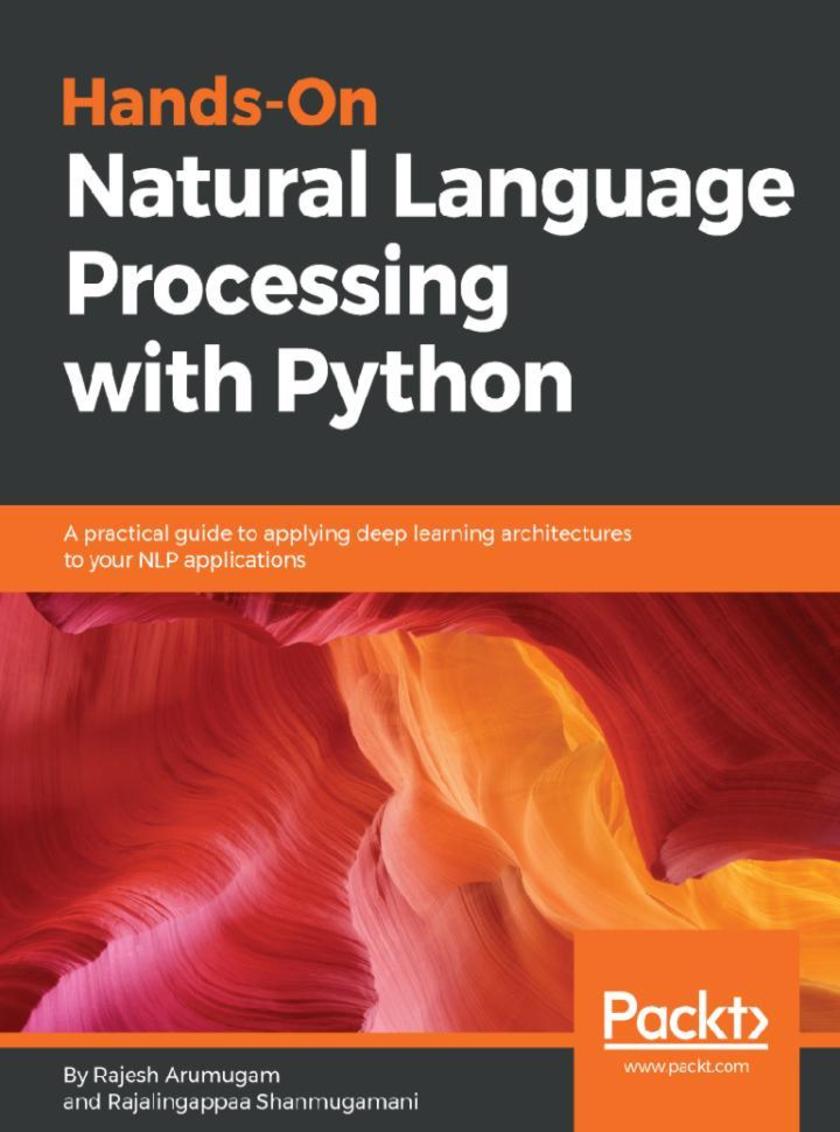
Hands-On Natural Language Processing with Python
¥66.48
Foster your NLP applications with the help of deep learning, NLTK, and TensorFlow Key Features * Weave neural networks into linguistic applications across various platforms * Perform NLP tasks and train its models using NLTK and TensorFlow * Boost your NLP models with strong deep learning architectures such as CNNs and RNNs Book Description Natural language processing (NLP) has found its application in various domains, such as web search, advertisements, and customer services, and with the help of deep learning, we can enhance its performances in these areas. Hands-On Natural Language Processing with Python teaches you how to leverage deep learning models for performing various NLP tasks, along with best practices in dealing with today’s NLP challenges. To begin with, you will understand the core concepts of NLP and deep learning, such as Convolutional Neural Networks (CNNs), recurrent neural networks (RNNs), semantic embedding, Word2vec, and more. You will learn how to perform each and every task of NLP using neural networks, in which you will train and deploy neural networks in your NLP applications. You will get accustomed to using RNNs and CNNs in various application areas, such as text classification and sequence labeling, which are essential in the application of sentiment analysis, customer service chatbots, and anomaly detection. You will be equipped with practical knowledge in order to implement deep learning in your linguistic applications using Python's popular deep learning library, TensorFlow. By the end of this book, you will be well versed in building deep learning-backed NLP applications, along with overcoming NLP challenges with best practices developed by domain experts. What you will learn *Implement semantic embedding of words to classify and find entities *Convert words to vectors by training in order to perform arithmetic operations *Train a deep learning model to detect classification of tweets and news *Implement a question-answer model with search and RNN models *Train models for various text classification datasets using CNN *Implement WaveNet a deep generative model for producing a natural-sounding voice *Convert voice-to-text and text-to-voice *Train a model to convert speech-to-text using DeepSpeech Who this book is for Hands-on Natural Language Processing with Python is for you if you are a developer, machine learning or an NLP engineer who wants to build a deep learning application that leverages NLP techniques. This comprehensive guide is also useful for deep learning users who want to extend their deep learning skills in building NLP applications. All you need is the basics of machine learning and Python to enjoy the book.
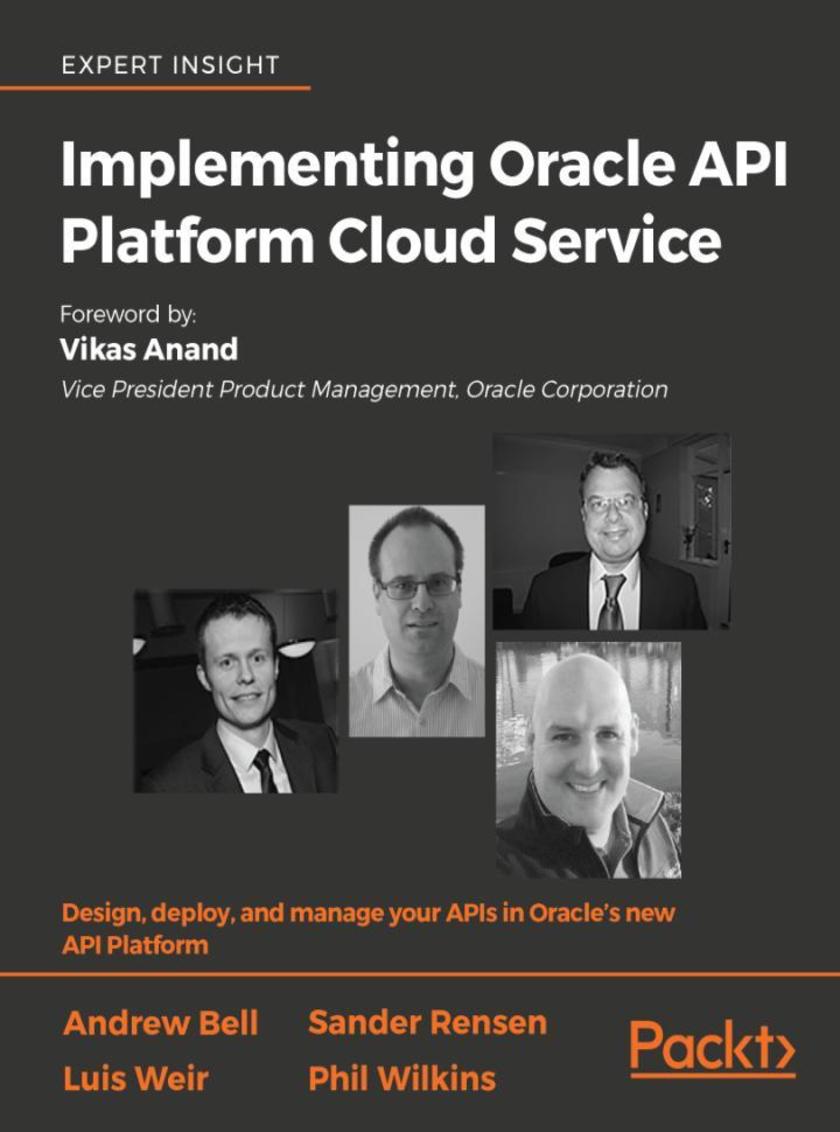
Implementing Oracle API Platform Cloud Service
¥90.46
Work with the newest Oracle API Platform Cloud Service to interface with the increasingly complex array of services your clients want. About This Book ? Understand the architecture and functionality of the new Oracle API Cloud Service Platform ? Understand typical use cases for the new platform and how it can work for you ? Design your own APIs, then deploy and customize your APIs ? Implement Oauth 2.0 policy and custom policies ? Migrate from Oracle 12c solutions to the new Oracle API platform Who This Book Is For This book is for all Oracle developers who are working or plan to work with the Oracle API Platform Cloud Service. What You Will Learn ? Get an overview of the Oracle API Cloud Service Platform ? See typical use cases of the Oracle API Cloud Service Platform ? Design your own APIs using Apiary ? Build and run microservices ? Set up API gateways with the new API platform from Oracle ? Customize developer portals ? Configuration management ? Implement Oauth 2.0 policies ? Implement custom policies ? Get a policy SDK overview ? Transition from Oracle API Management 12c to the new Oracle API platform In Detail Implementing Oracle API Platform Cloud Service moves from theory to practice using the newest Oracle API management platform. This critical new platform for Oracle developers allows you to interface the complex array of services your clients expect in the modern world. First, you'll learn about Oracle’s new platform and get an overview of it, then you'll see a use case showing the functionality and use of this new platform for Oracle customers. Next, you’ll see the power of Apiary and begin designing your own APIs. From there, you’ll build and run microservices and set up the Oracle API gateways. Moving on, you’ll discover how to customize the developer portal and publish your own APIs. You’ll spend time looking at configuration management on the new platform, and implementing the Oauth 2.0 policy, as well as custom policies. The latest finance modules from Oracle will be examined, with some of the third party alternatives in sight as well. This broad-scoped book completes your journey with a clear examination of how to transition APIs from Oracle API Management 12c to the new Oracle API Platform, so that you can step into the future confidently. Style and approach This book provides comprehensive coverage of all aspects of Oracle API development using the new Oracle API Platform Cloud Service. All aspects of the new Oracle API Platform Cloud Service are considered and your practical, working Oracle situations are examined to give you have hands-on experience using the new API platform from Oracle.
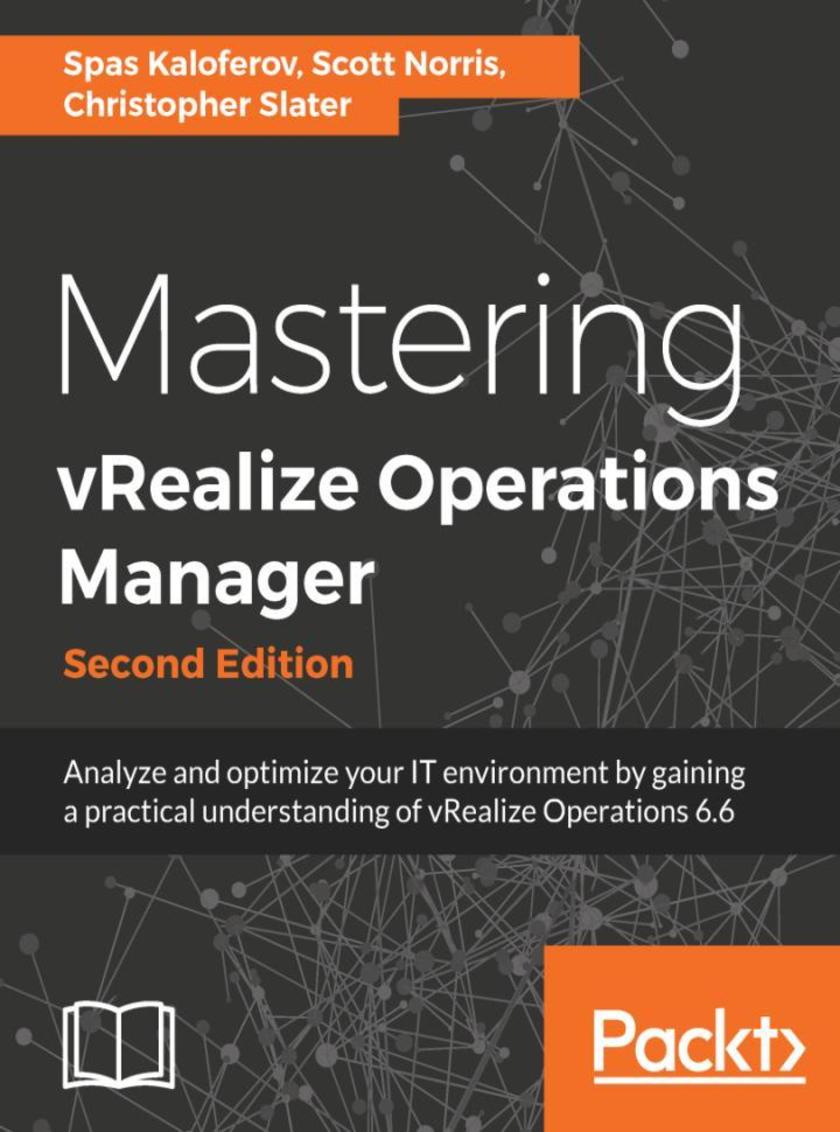
Mastering vRealize Operations Manager - Second Edition
¥81.74
Manage vRealize operations manager 6.6 effectively using this comprehensive guide. About This Book ? Get complete control of capacity management in your virtual environment ? Display the most appropriate performance metrics and assemble your own dashboard ? Analyze and process data from different sources into a single repository ? Optimize vRealize Automation workload placement Who This Book Is For If you are an administrator of a virtual environment and have used vRealize Operations before but want to gain a professional understanding by easily implementing complex tasks with it, then this book is for you. What You Will Learn ? Discover advanced vRealize Operations concepts and design your processes effectively for the underlying architecture ? Plan and install a new version or upgrade from a previous one ? Apply proven capacity management theories and techniques in practical, real-world environments ? Manipulate data and metrics to display them in the most effective way possible ? Create custom views and dashboards fit for any use case ? Explore how policies have evolved in vRealize Operations 6.6 and how to apply them in the most effective manner In Detail In the modern IT world, the criticality of managing the health, efficiency, and compliance of virtualized environments is more important than ever. With vRealize Operations Manager 6.6, you can make a difference to your business by being reactive rather than proactive. Mastering vRealize Operations Manager helps you streamline your processes and customize the environment to suit your needs. You will gain visibility across all devices in the network and retain full control. With easy-to-follow, step-by-step instructions and support images, you will quickly master the ability to manipulate your data and display it in a way that best suits you and your business or technical requirements. This book not only covers designing, installing, and upgrading vRealize Operations 6.6, but also gives you a deep understanding of its building blocks: badges, alerts, super metrics, views, dashboards, management packs, and plugins. With the new vRealize Operations 6.6 troubleshooting capabilities, capacity planning, intelligent workload placement, and additional monitoring capabilities, this book is aimed at ensuring you get the knowledge to manage your virtualized environment as effectively as possible. Style and approach A step-by-step practical approach guide that help you learn new features of vRealize operations manager 6.6.
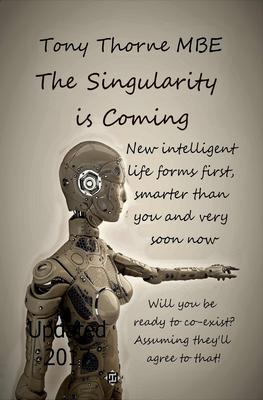
The Singularity is Coming
¥26.73
The Singularity is Coming
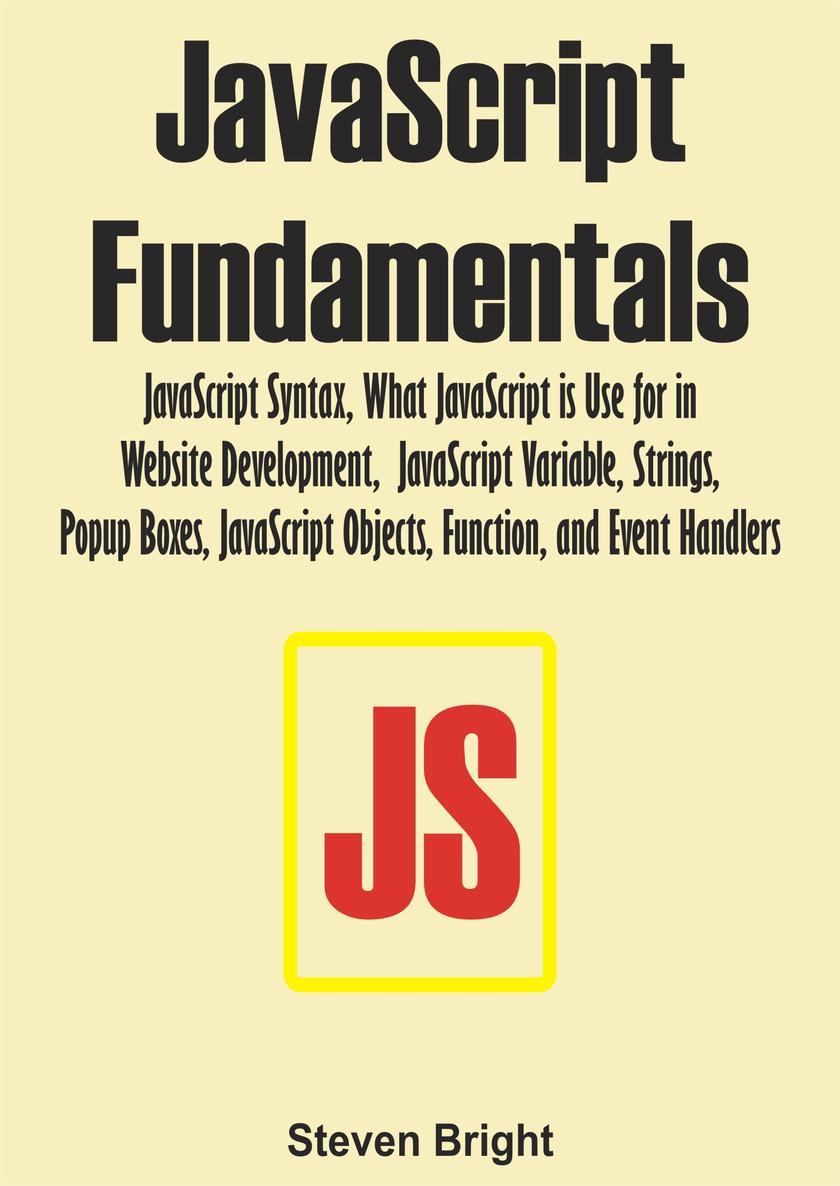
JavaScript Fundamentals
¥28.61
JavaScript Fundamentals

Bitcoin and Cryptocurrency Technologies
¥24.44
Bitcoin and Cryptocurrency Technologies
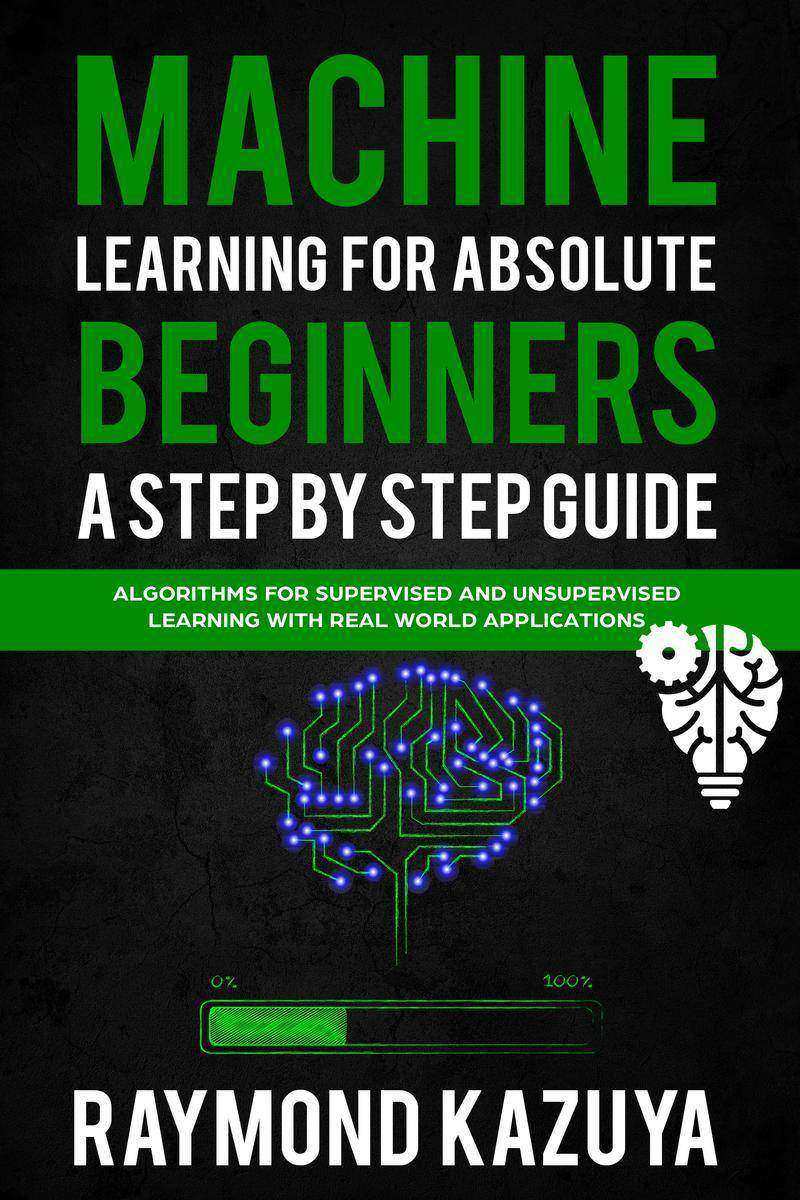
Machine Learning For Absolute Begginers A Step By Step Guide
¥32.62
Machine Learning For Absolute Begginers A Step By Step Guide
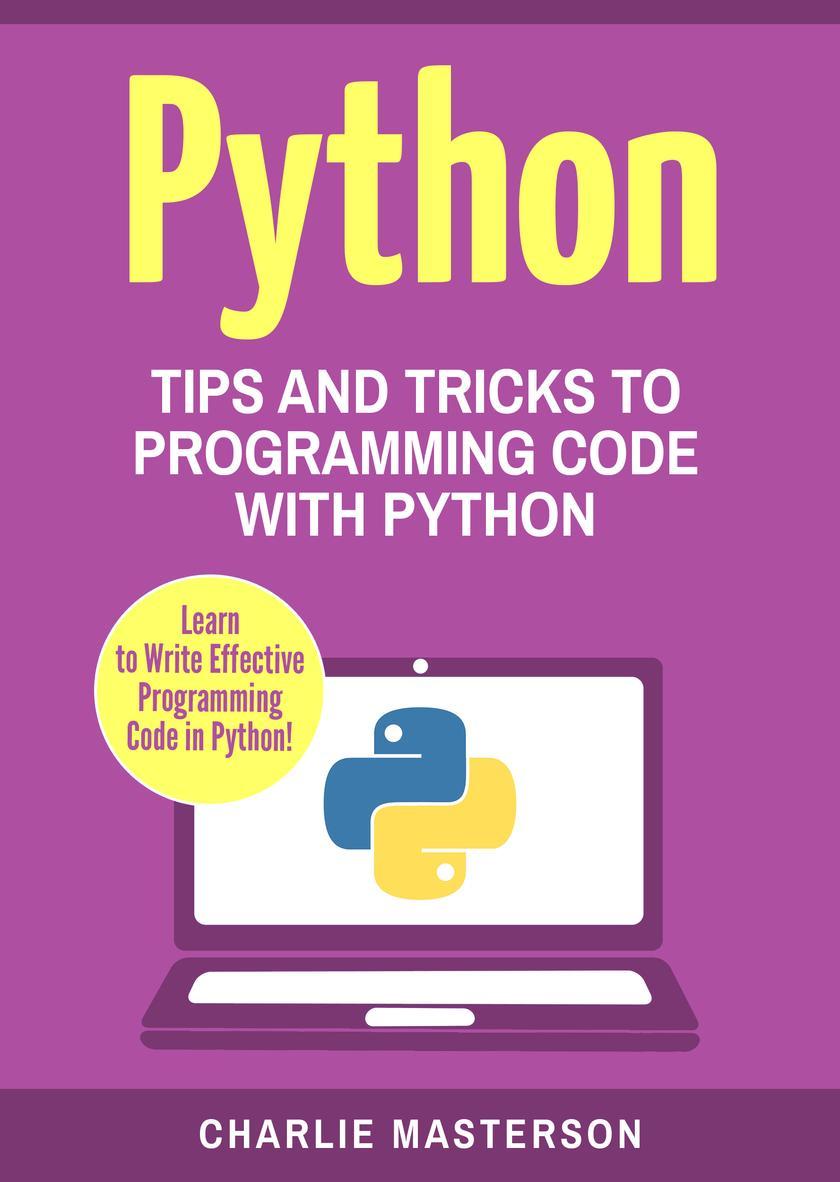
Python: Tips and Tricks to Programming Code with Python
¥24.44
Python: Tips and Tricks to Programming Code with Python
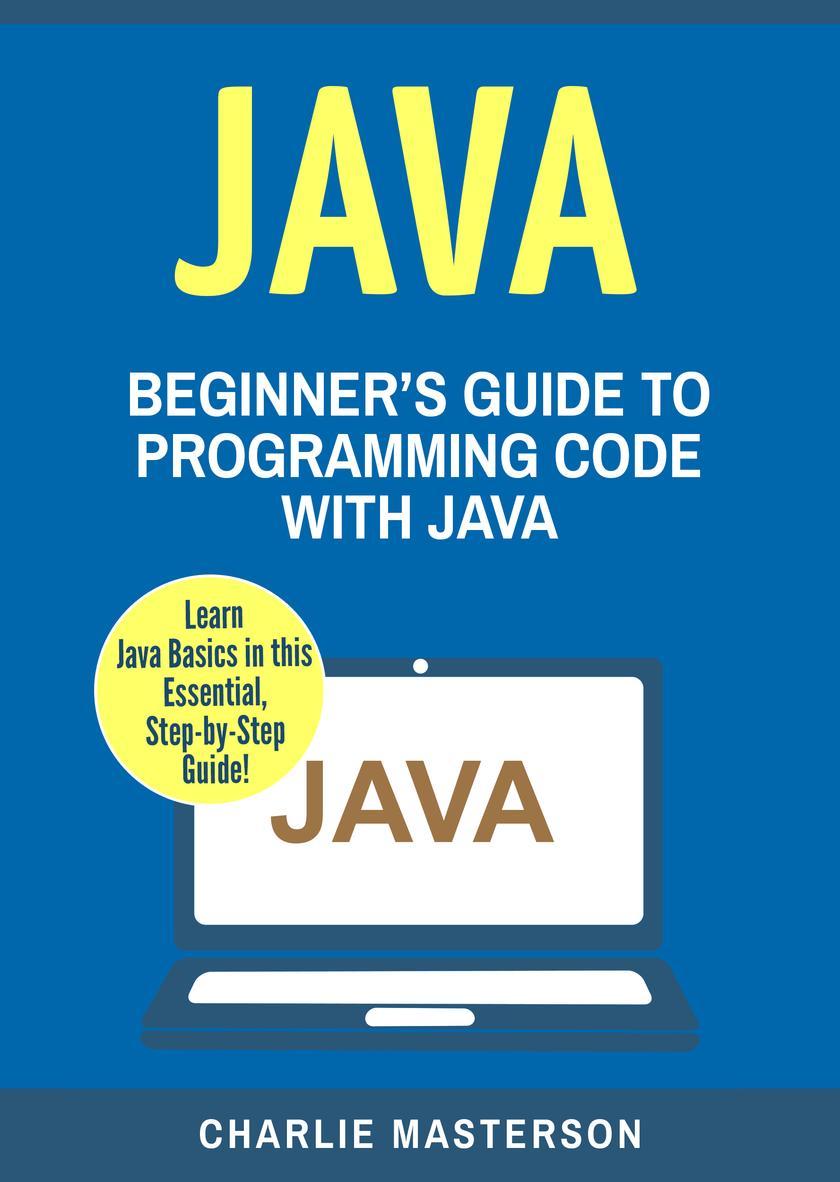
Java: Beginner's Guide to Programming Code with Java
¥24.44
Java: Beginner's Guide to Programming Code with Java
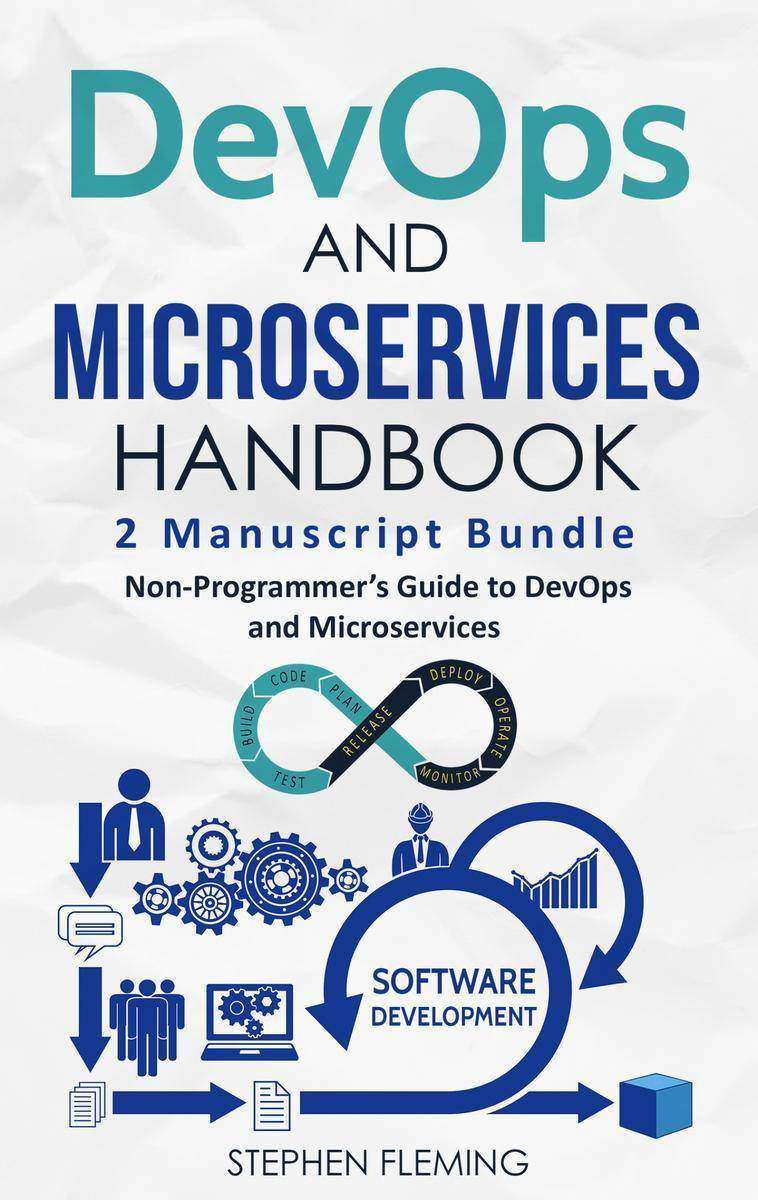
DevOps and Microservices: Non-Programmer's Guide to DevOps and Microservices
¥29.18
DevOps and Microservices: Non-Programmer's Guide to DevOps and Microservices
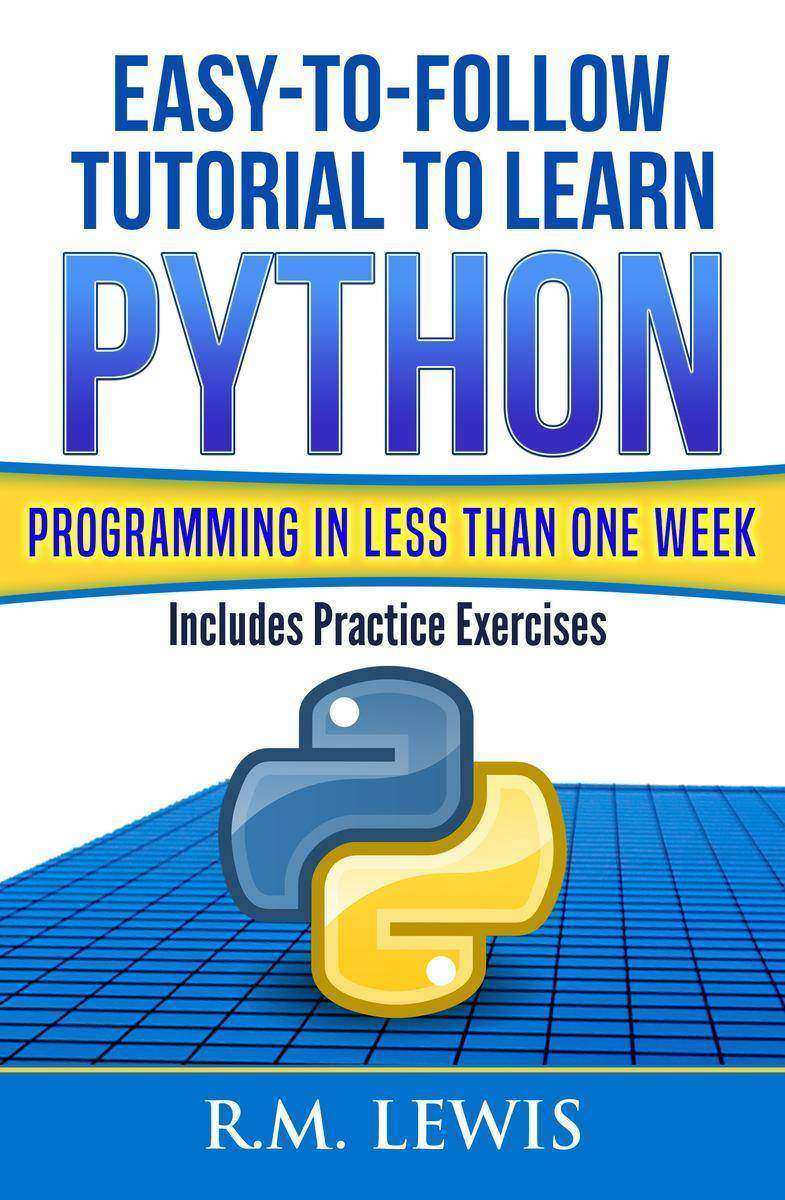
Easy-To-Follow Tutorial To Learn Python Programming In Less Than One Week
¥24.44
Easy-To-Follow Tutorial To Learn Python Programming In Less Than One Week

Bitcoin and Cryptocurrency Technologies.
¥24.44
Bitcoin and Cryptocurrency Technologies.
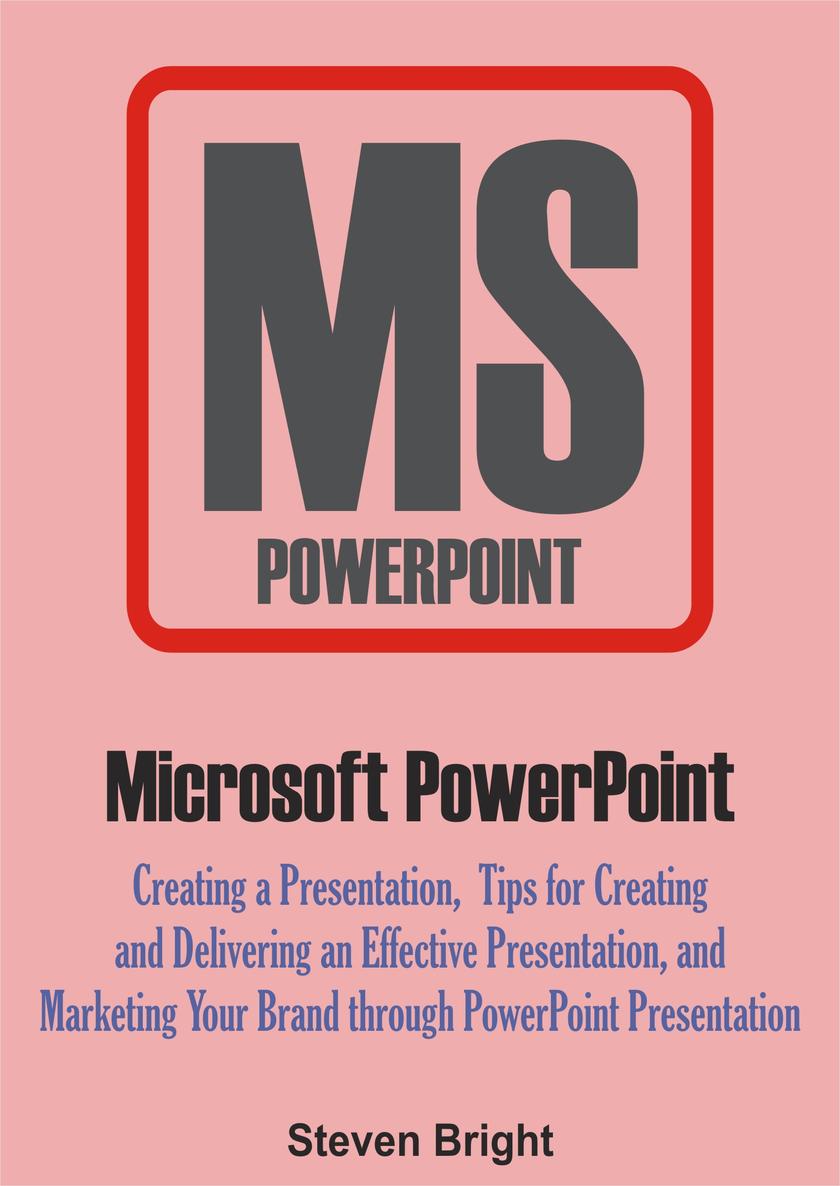
Microsoft PowerPoint
¥20.44
Microsoft PowerPoint

Neural Networks: Neural Networks Tools and Techniques for Beginners
¥40.79
Neural Networks: Neural Networks Tools and Techniques for Beginners
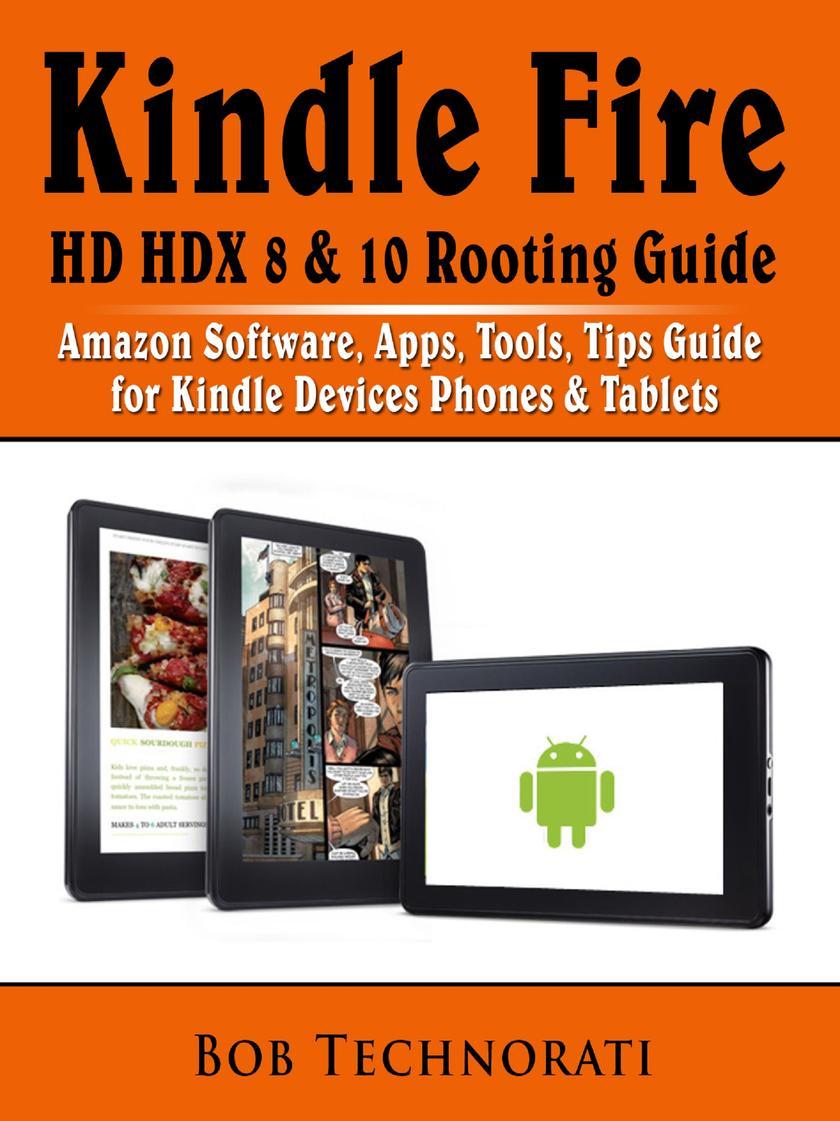
Kindle Fire HD HDX 8 & 10 Rooting Guide
¥40.79
Kindle Fire HD HDX 8 & 10 Rooting Guide
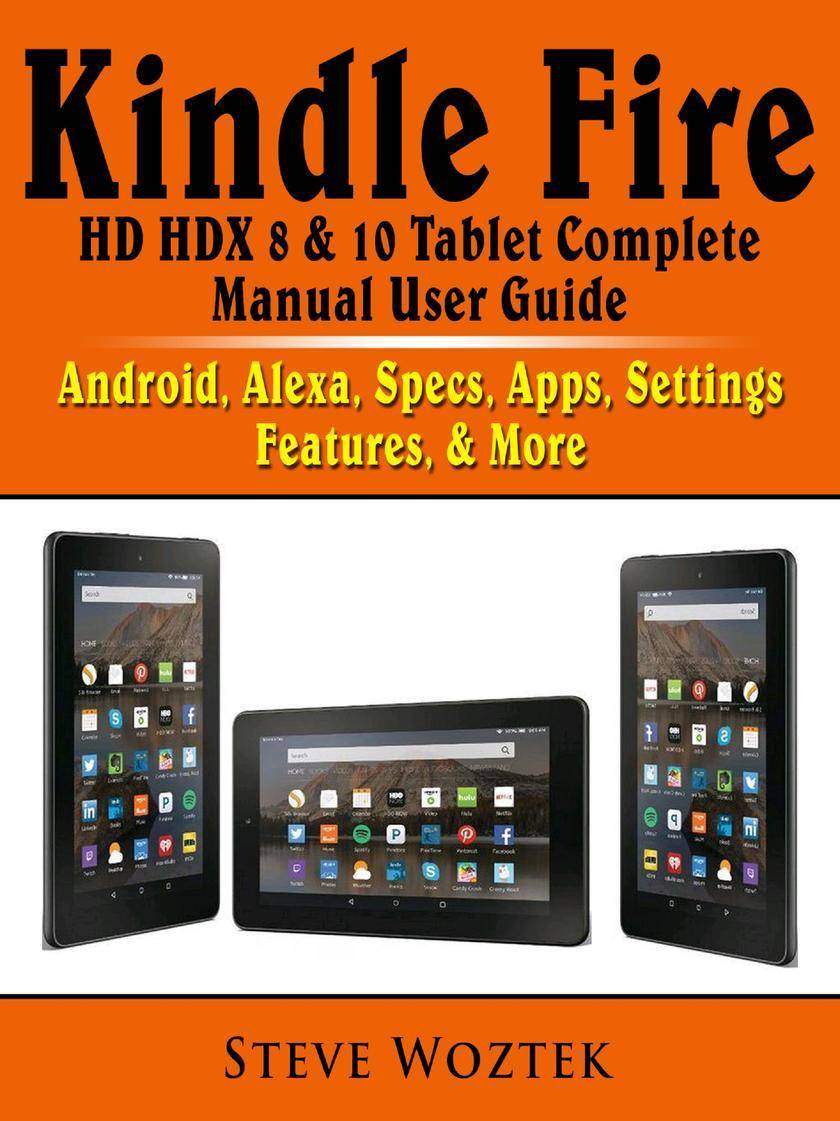
Kindle Fire HD HDX 8 & 10 Tablet Complete Manual User Guide
¥40.79
Kindle Fire HD HDX 8 & 10 Tablet Complete Manual User Guide




 购物车
购物车 个人中心
个人中心



